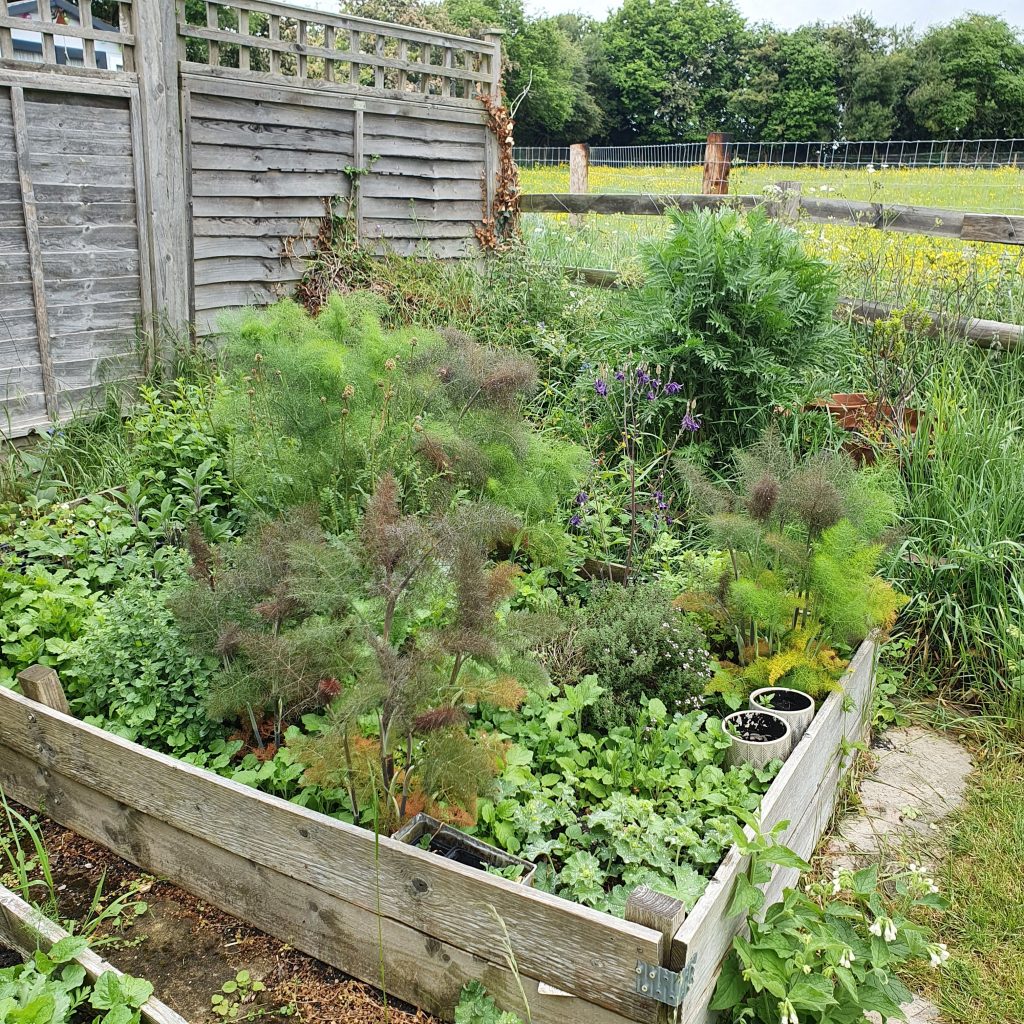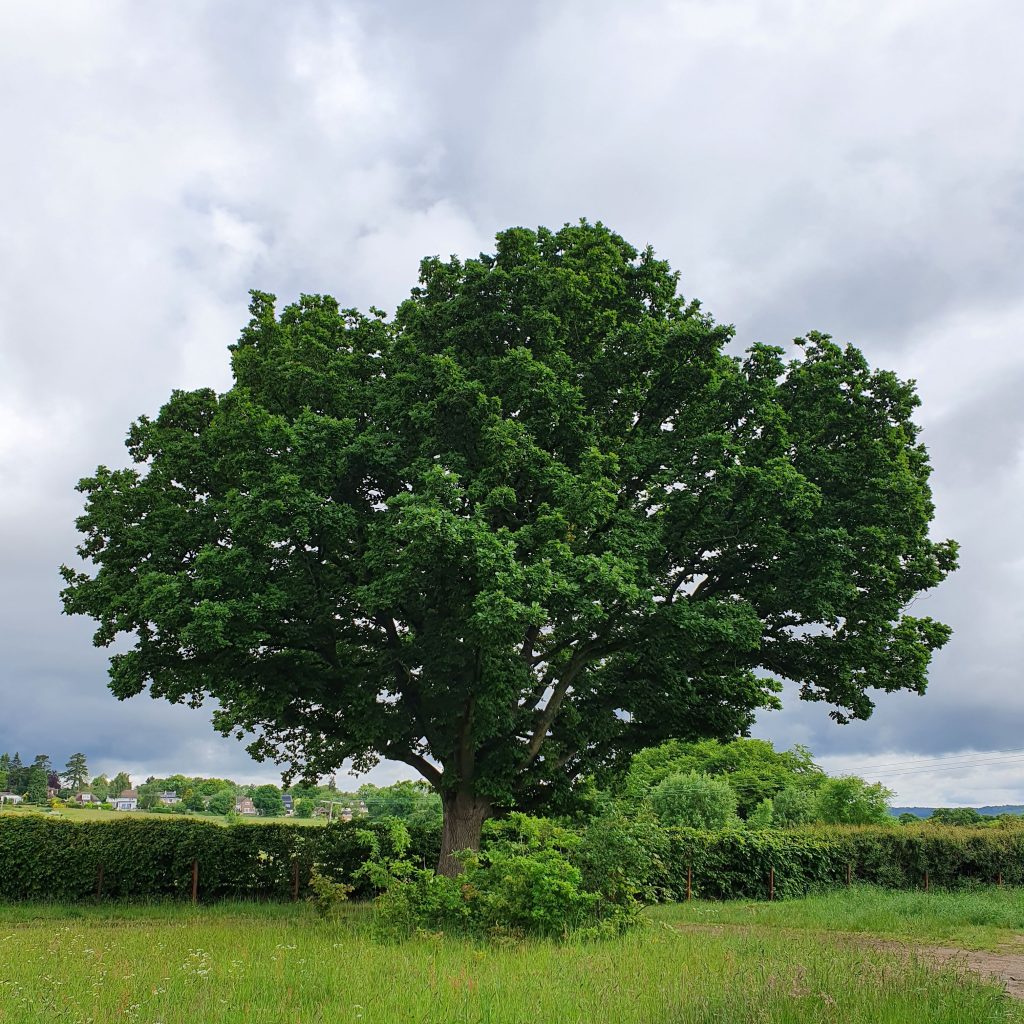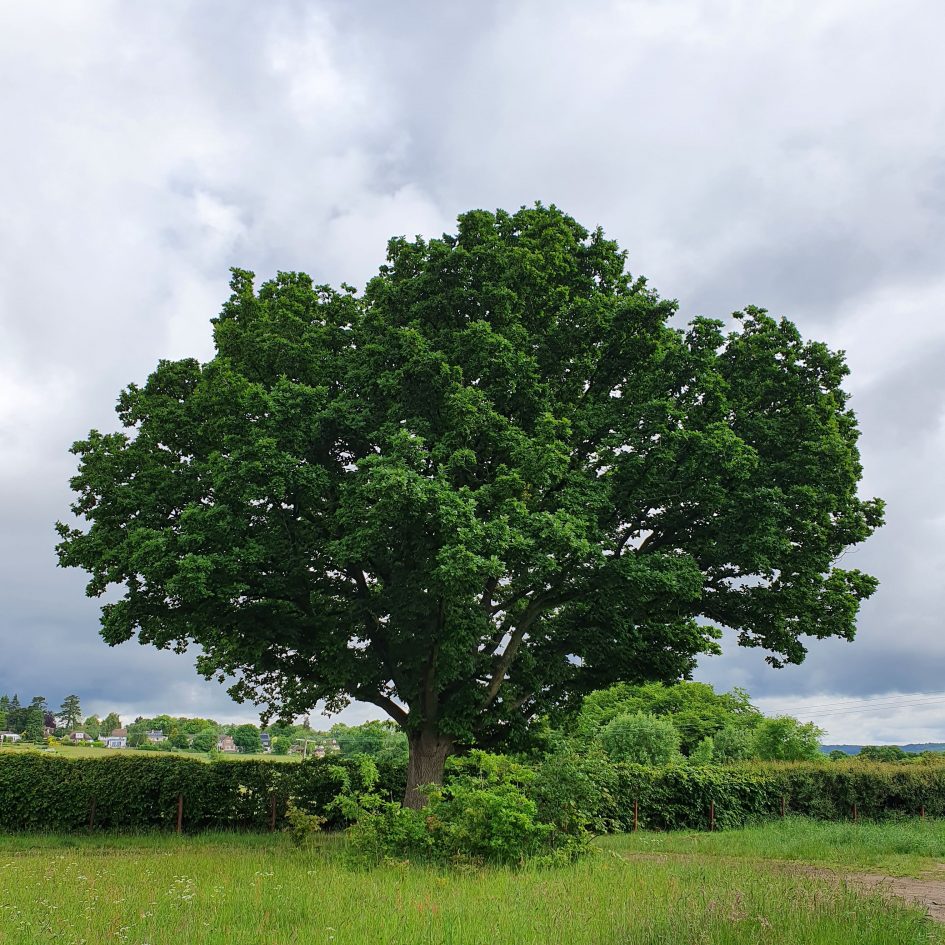This year I’m studying plants, in detail. To be precise, ‘Practical Ethnobotany and Plant Identification’. I’m sure some of you are thinking ‘what is ethnobotany’ and ‘why study it’?
Ethnobotany is the study of the connection between plants and humans, in particular how people of a certain culture and region make use of the indigenous plants. Current associations with the term are of indigenous or foreign cultures, but this dismisses the importance of plants in our current culture to us here, now, wherever that is.
Since our earliest times humans have depended on plants for existence (food, shelter, tools, medicines, fibres and cords, clothes) but also for a deep mystical and spiritual meaning – just think of the green man of England and the association with oak, or the yews in churchyards and area boundaries. However, this knowledge that was once commonplace is no longer passed generation to generation. We don’t need to look to indigenous cultures to see that us here in the UK have also lost our plant wisdom. How many of us can name the plants we see on our walks in the UK countryside? And what about their uses?
The famous quote from Ralph Waldo Emerson reads ‘What is a weed? A plant whose virtues have not yet been discovered’. This is very true; plants will hold many of the keys to solving future planet problems such as climate change and soil erosion. However, I propose an edit to this quote; I would like to add ‘Or plants whose virtues we used to know but have forgotten.’

I guess I have always felt a connection to human’s use of plants, from gathering berries and fungi to collecting primitive crafts made from natural materials when I travel abroad. In the 2020 lockdown, I set myself a project I titled ’40 plants at 40’ for my 40th Birthday year. For this project I identified, drew and painted plants I found on my local lockdown walks. As I collected the plants, I was shocked to realise how little I knew of the environment around me and that I dismissed the plants as ‘weeds’. It opened my eyes to the diversity of plants right on my doorstep, if only I took the time to see not just look. The search for new plants led me to pay closer attention to what I was seeing and how it changed through the seasons. Last year I started a project on natural dyes, using local plants (and some from the supermarket) to dye yarn in a rainbow of colours (though pissy yellow does dominate).

Ultimately, the main reason for me deciding to commit time and effort to study plants is for my mental health. It has been a rough 2 years for me, as I know it has been for a lot of you. I have found my greatest therapy from this time has been being in nature – to be surrounded by green, to put my hands in soil, to breath the essential vapours from plants, to touch and taste them. To go back to basics with some rucksack living, to switch off from the always on digital life and be in the present, to notice and notice some more. To enjoy some natural crafting with its natural rhythm and speed that you can’t predict or rush – you must tune in to it. Also importantly, to do something that is NOT vet related. This will mean some of my longer-term projects will be on hold for a time, but I’ve accepted that this is what I need. My current need is for a deeper connection to the natural world to make sense of the life I’m living.
Plants don’t jump up and down and shout about it, they’re not flashy or colourful (generally), they’re not cute and furry (though some are). They just get on with it, giving us the air we breathe.
“Plants are integral to reweaving the connection between land and people. A place becomes a home when it sustains you, when it feeds you in body and spirit.” Robin Wall Kimmerer


Leave a Reply